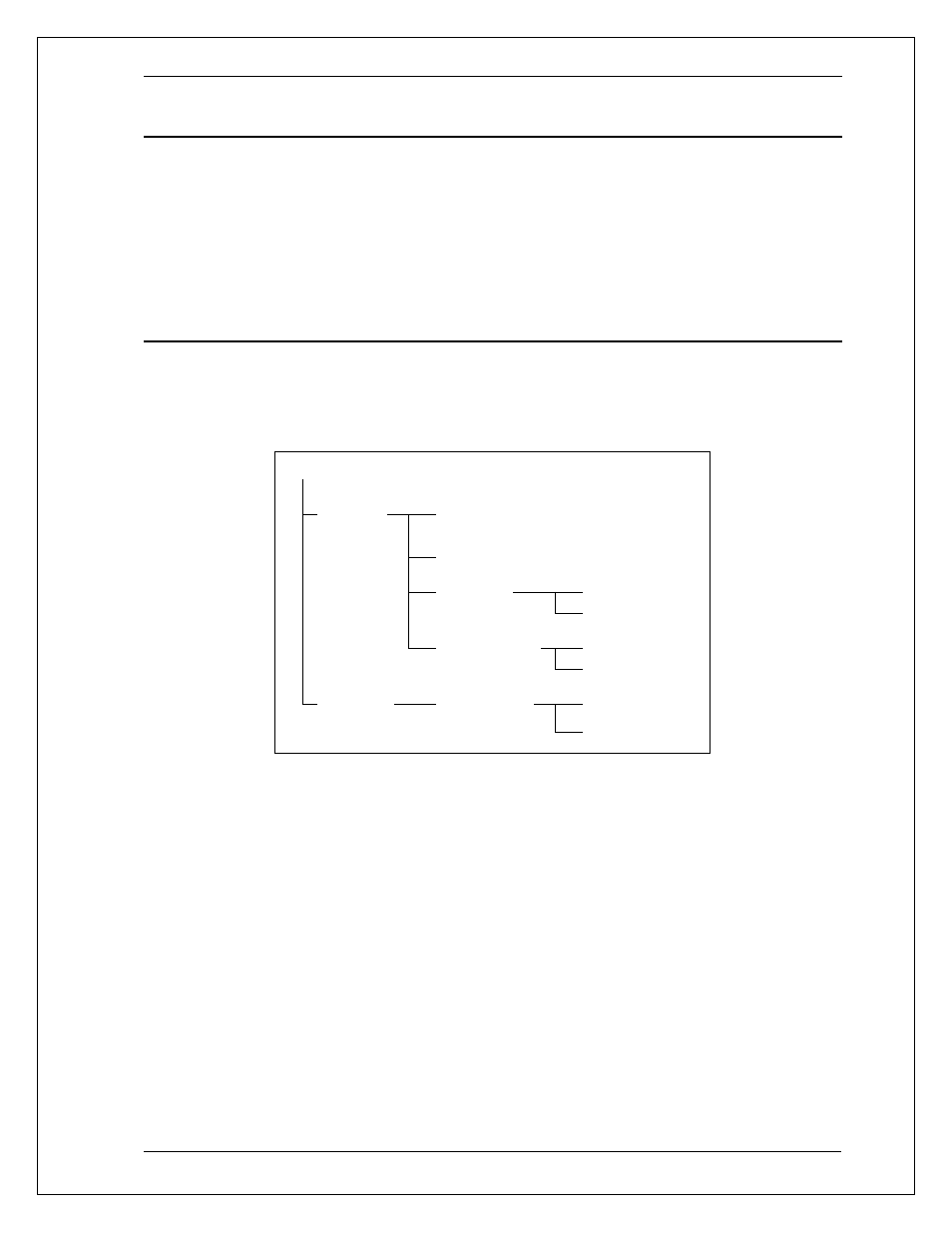AMETEK BPS Series Programming Manual User Manual
Page 15

BPS / MX / RS Series SCPI Programming Manual
AMETEK Programmable Power
Manual P/N 7003-961 Rev. AA
15
2.2.2
Types of SCPI Messages
There are two types of SCPI messages, program and response.
• A program message consists of one or more properly formatted SCPI commands sent
from the controller to the AC/DC source. The message, which may be sent at any time,
requests the AC/DC source to perform some action.
• A response message consists of data in a specific SCPI format sent from the AC source
to the controller. The AC source sends the message only when commanded by a
program message called a "query."
2.2.3
The SCPI Command Tree
As previously explained, the basic SCPI communication method involves sending one or
more properly formatted commands from the SCPI command tree to the instrument as
program messages. The following figure shows a portion of a subsystem command tree,
from which you access the commands located along the various paths (you can see the
complete tree in appendix A).
Root
:OUTPut
:PON
:TTLTrg
:IMPedance
:OPERation
:SOURce
:REAL
:REACtive
:STATus
[:STATe]
[:STATe]
[:EVEN]?
:CONDition?
Figure 2-1 : Partial Command Tree
The Root Level
Note the location of the ROOT node at the top of the tree. Commands at the root level are
at the top level of the command tree. The SCPI interface is at this location when:
• The AC/DC source is powered on
• A device clear (DCL) is sent to the AC source
• The SCPI interface encounters a message terminator
• The SCPI interface encounters a root specifier
Active Header Path
In order to properly traverse the command tree, you must understand the concept of the
active header path. When the AC/DC source is turned on (or under any of the other
conditions listed above), the active path is at the root. That means the SCPI interface is
ready to accept any command at the root level, such as SOURCe or MEASurement
